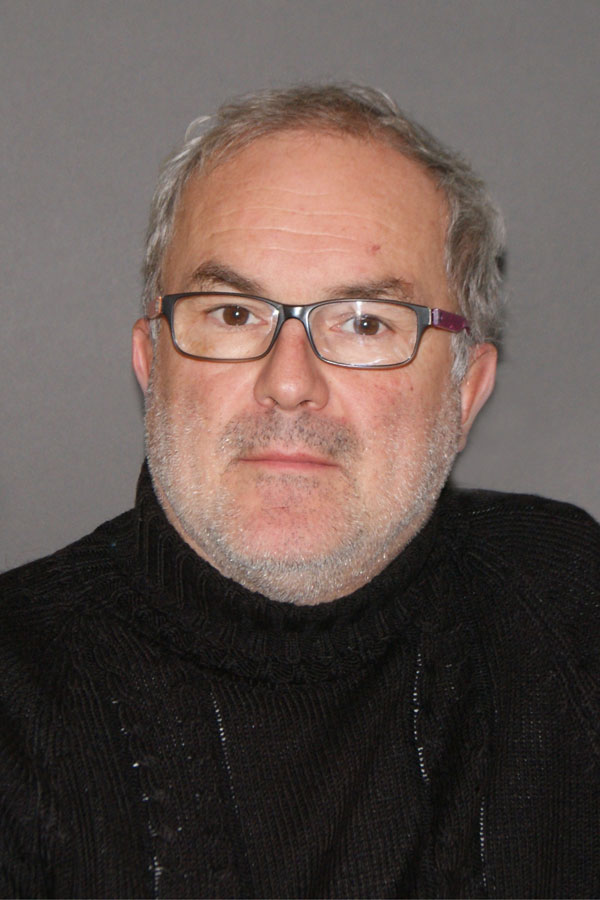Dioxins/PCB
Dioxins (PCDD/F)
Dioxins have no industrial use, they are chemical contaminants from many processes involving the combustion of organic materials in the presence of chlorine.
Under this term "dioxin", two large families are grouped, polychlorodibenzo-para-dioxins (PCDD) and polychlorodibenzofurans (PCDF) which are part of the class of halogenated polycyclic aromatic hydrocarbons. The physical and chemical stability and the lipophilic nature of these compounds allow their bioaccumulation in biota and their biomagnification in food chains.
Depending on the position and the number of chlorine atoms on the basic structure, there are 210 different congeners: 75 PCDD congeners and 135 PCDF congeners. Only 17 congeners with a minimum of 4 chlorine atoms in the 2,3,7,8 position are toxic and are regulated at European level
Polychlorinated biphenyls (PCB)
PCBs or polychlorinated biphenyls are chlorinated aromatic compounds also known for the corresponding technical preparations under the name of pyralenes. PCBs are in the form of more or less viscous or even resinous liquids, insoluble in water. These compounds have been used industrially for their insulating properties (electrical transformers) as well as their chemical and physical stability (inks, paints). Their production and use were banned in France in 1987.
The PCB family includes 209 molecules which differ only in the number and position of the chlorine atoms on the central biphenyl molecule.
Among all congeners, 18 compounds are regulated by the European legislation. There are two types of PCBs:
- 12 « Dioxin-Like » PCBs or PCB-DL which behaviour is similar to that of dioxins (PCB #77, 81, 105, 114, 118, 123, 126, 156, 157, 167, 169, 189),
- 6 « Non Dioxin-Like » PCBs or PCB-NDL. The latter act via a mechanism of action different from that of dioxins (PCB #28, 52, 101, 138, 153, 180).
Bibliography
- Field investigation to determine the environmental source of PCBs in a pig farm.
- Distribution of persistent organic pollutants in serum, omental, and parietal adipose tissue of French women with deep infiltrating endometriosis and circulating versus stored ratio as new marker of exposure
- Country-specific chemical signatures of persistent organic pollutants (POPs) in breast milk of French, Danish and Finnish women


